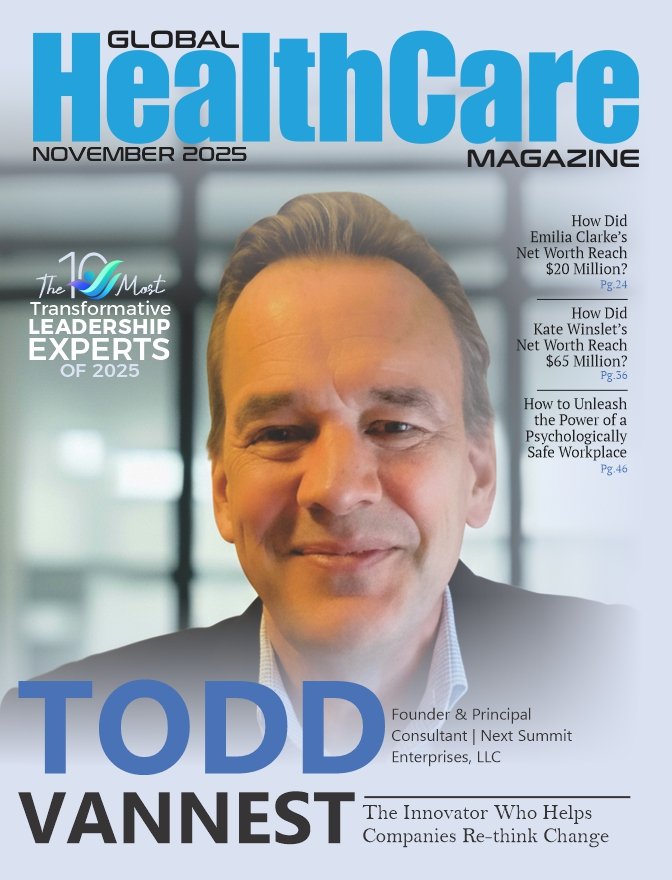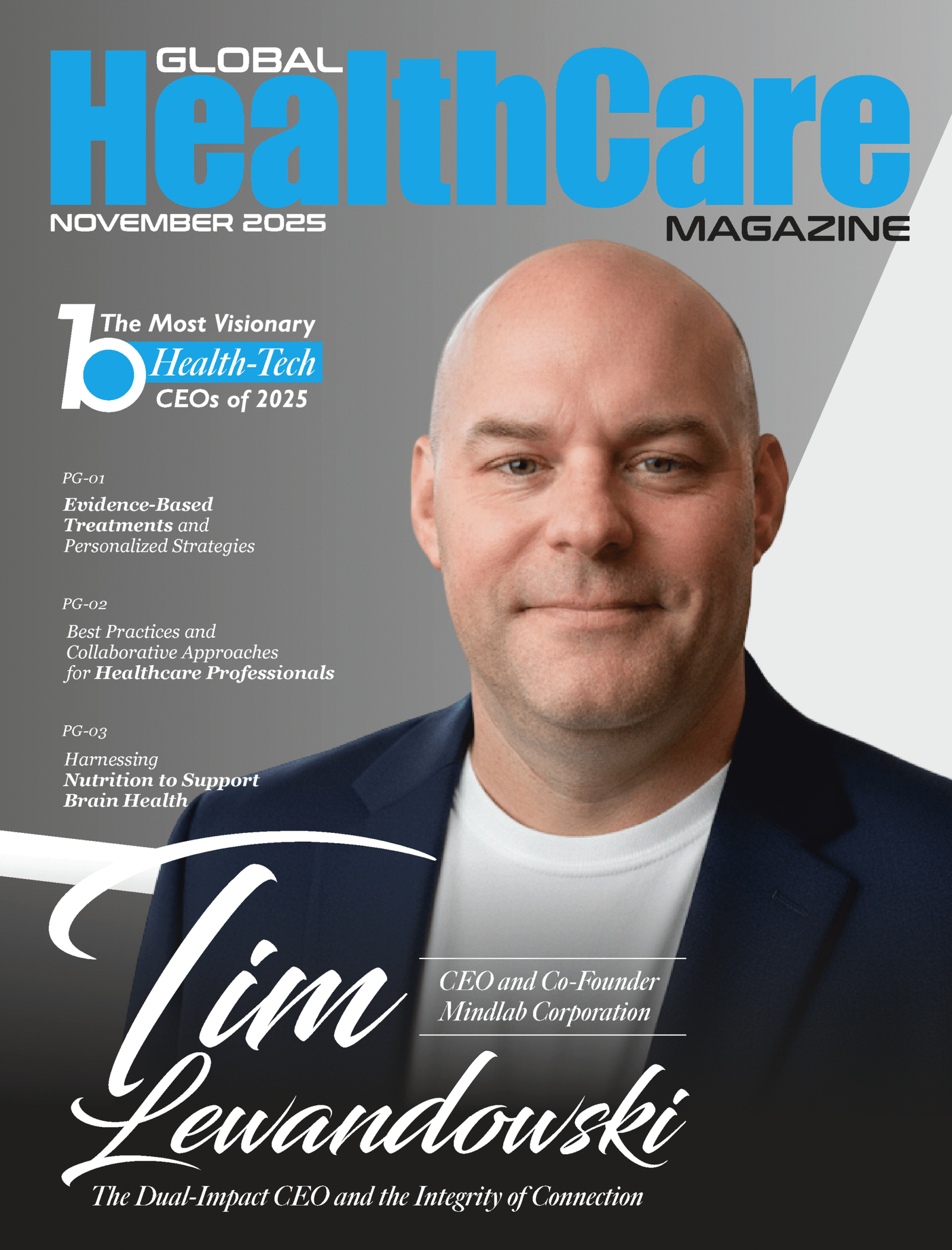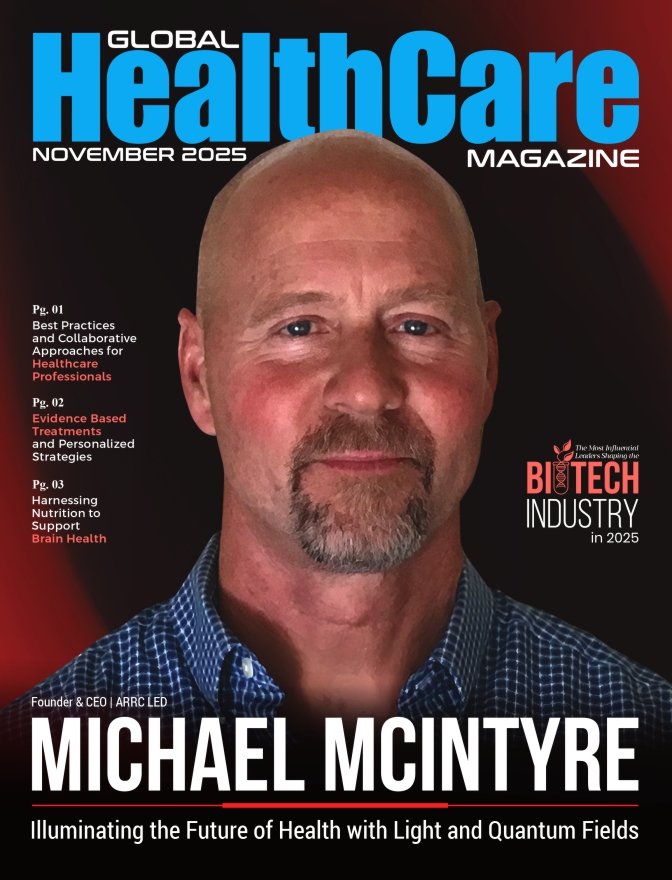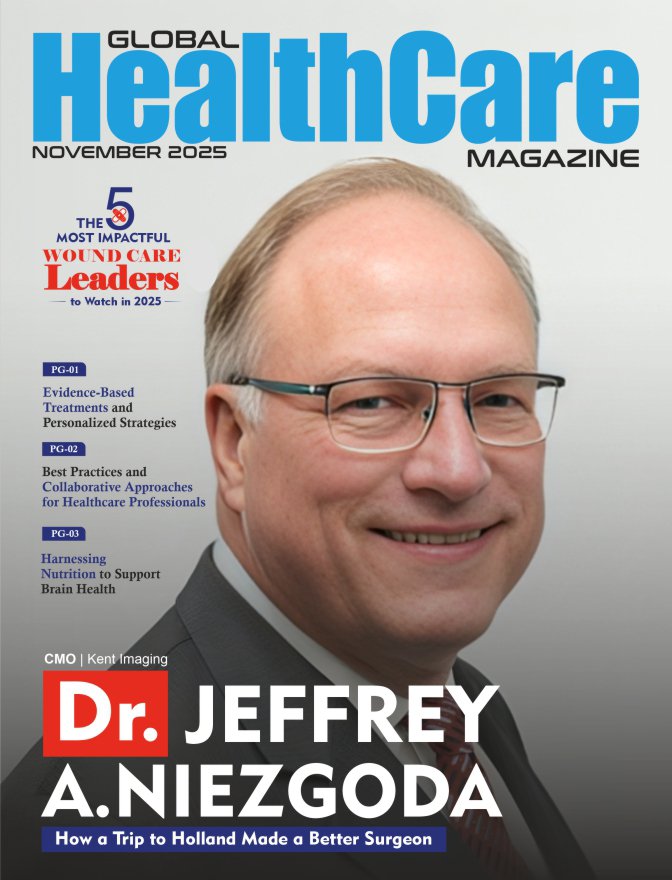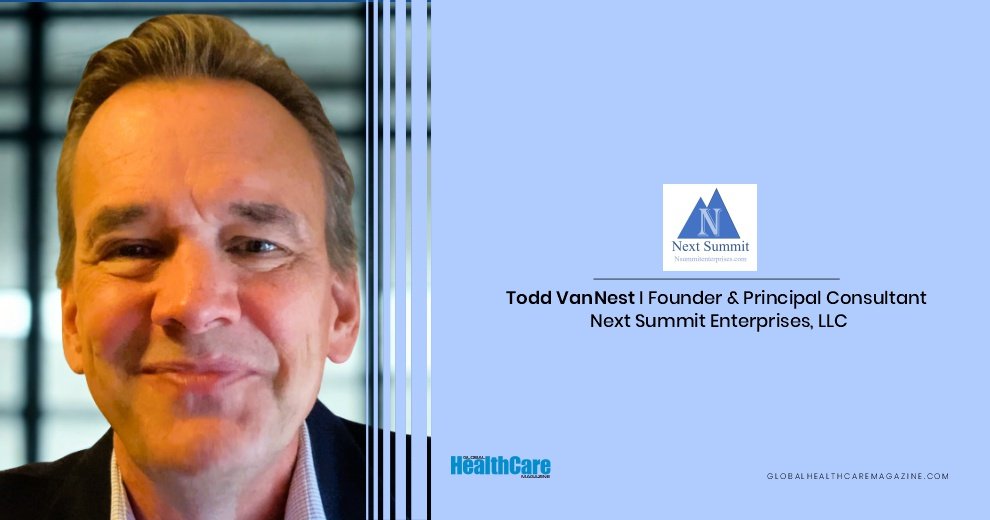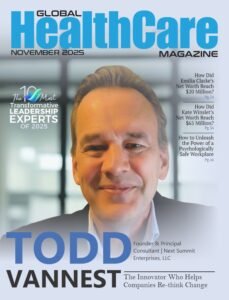The air in these rooms is always the same. It is a particular blend of recycled oxygen, the faint, expensive scent of leather, and the low, anxious hum of capital. It’s the air of the corner office on the 48th floor, a glass-walled perch where a person can see for miles in every direction except inward. The CEO, a man whose name is synonymous with decisive action, is stuck. His team is brilliant but fractured. His numbers are good but his culture is brittle. He has every resource a modern leader could want—data analytics, strategic consultants, an executive coach who specializes in optimizing his calendar down to the minute. And still, he is stuck.
Into this pressurized environment walks a man who seems constitutionally at odds with it. Dr. Henry Cloud does not carry a binder thick with performance metrics. He does not begin with a PowerPoint deck on synergy. He often begins with a question, delivered with the unhurried calm of a clinical psychologist, which, of course, is what he is. The question might be something like, “What are you tolerating?”
It is a strange question to ask a titan of industry. Tolerating implies a passive acceptance of something unpleasant, a thing powerful people are not supposed to do. Yet, the question hangs in the filtered air, and in its stillness, a different kind of work begins. The CEO, accustomed to discussing market share and supply chains, might find himself talking about a chronically underperforming executive he’s been protecting, a toxic culture of gossip his management team ignores, or a family commitment he continually allows to be eroded by late-night calls. He is talking about the things he permits to exist. He is talking about the absence of a line. He is talking, without yet knowing the term for it, about boundaries.
For more than two decades, Henry Cloud has been the man who comes into the most powerful rooms in the country to talk about the invisible structures that govern our lives. He is a leadership consultant to Fortune 500 giants and a bestselling author whose books have sold nearly 20 million copies, but to describe him as such feels incomplete. It’s like describing an architect as someone who is good with blueprints. What Cloud really is, is a cartographer of the human soul, a man who has made a life’s work of helping people draw the essential lines that define who they are, what they will build, and what they must, for the sake of their own health, leave behind.
The Blueprint of a Boundary
The word ‘boundary’ sounds defensive, like a wall thrown up in haste. In the Cloud lexicon, it is anything but. A boundary, as he has articulated in his iconic, multi-million-selling book of the same name, is not a barrier; it is a definition. It is the skin on a cell, the fence around a property, the frame around a masterpiece. It is the structure that gives a thing its shape and protects what is inside so that it can flourish. Without a boundary, a company has no clear mission. A leader has no focused energy. A person has no coherent self.
This idea, at once profoundly simple and maddeningly difficult to execute, was not born in a boardroom. It was forged in the much messier rooms of clinical practice. In 1987, long before he was sharing stages with Condoleezza Rice and the late Jack Welch, Cloud was building a healthcare company that operated treatment centers across forty cities in the Western United States. For ten years, he served as its Clinical Director, working in the trenches of human struggle—addiction, codependency, depression, grief. He was dealing with people whose lives had come undone, often because the lines had been catastrophically blurred. They did not know where they ended and another person began. They said yes when their entire being screamed no. They protected the brokenness in others at the expense of their own wholeness.
It was in this context, studying the dynamics of ego psychology and object relations theory, that Cloud began to see the universal pattern. The principles that could help an addict reclaim their life were the very same principles that could help a dysfunctional team find its footing, or a CEO build a culture of trust. The human operating system, he realized, was consistent. Whether the presenting problem was a heroin addiction or a stalled product launch, the underlying issue was often a failure of structure, a lack of integrity—not in the moral sense, but in the engineering sense: the state of being whole and undivided. His work became a grand translation project: taking the deep, nuanced truths of the human heart and rendering them into a practical, actionable language for people who lead.
From the Couch to the Corporation
The transition seems, on the surface, like a leap. How does one go from discussing childhood trauma to advising an executive on how to manage a quarterly earnings report? But for Cloud, it wasn’t a leap at all; it was a simple walk down the hall. The pathologies of a dysfunctional family, he saw, mirrored the pathologies of a dysfunctional company. Triangulation, enabling, a lack of accountability, the fear of confronting reality—these were not just clinical terms; they were daily events in the corporate world.
His book Integrity—which the New York Times called “the best book in the bunch”—wasn’t just about honesty. It was about the six qualities of character that allow a person to cohere, to connect with reality and build trust. Boundaries for Leaders took the concept a step further, drawing on neuroscience to show how a leader’s primary job is to create the conditions—the boundaries—under which the human brain can perform at its peak. It is the leader’s role to eliminate distractions, foster connection, and establish a culture where people feel safe enough to take risks and own their results. He wasn’t just offering business advice; he was applying decades of psychological and neurological research to the ecosystem of an organization. He was teaching leaders how to be good stewards of the brains in their employ.
This blend of disciplines gives him a peculiar kind of authority. When he speaks, it’s with a disarming mix of Southern charm (he’s a graduate of Southern Methodist University), clinical precision, and deep, resonant faith. He can speak to a secular audience about neurobiology and to a Christian conference about the soul, and remarkably, the core message remains the same. The principles, he seems to suggest, are transcendent. They are the physics of human flourishing.
The Necessary Art of an Ending
Perhaps the most counter-cultural and profoundly humane of all Cloud’s ideas is his concept of the “necessary ending.” Our culture frames endings as failures. A closed business, a concluded project, a relationship that has run its course—these are things to be mourned or hidden. Cloud, in his characteristic way, reframes the entire notion. An ending, he argues, is not just a loss; it is a tool. It is the pruning of a rose bush that allows for new growth. It is the surgical removal of a pathology so the rest of the body can heal.
To witness him explain this is to see people’s posture change. In auditoriums filled with high-achievers, he gives them permission to do the one thing they fear most: to quit. Not to give up, but to strategically and intentionally bring something to a close that is no longer fruitful, or is actively harmful. It could be a product line that is draining resources, a partnership that is no longer aligned, or a hope that an employee will change when all evidence points to the contrary. “Some things are not going to get better,” he might say, simply. “And your job is to stop the bleeding and put your energy into what is alive and what can grow.”
This is the work of a realist, but also a person of immense hope. The hope is not that every dead thing can be revived, but that on the other side of a well-handled ending lies a new and better beginning. It is a profoundly Christian idea—the death of one thing being necessary for resurrection—packaged as unimpeachably logical business strategy.
A Man of Many Rooms
The man himself seems to live by these principles of integrated, well-defined spaces. He lives in Los Angeles with his wife, Tori, and their two daughters, a life that includes scuba diving, boating, and golf. These are the pastimes of a man who understands the need for restoration, for spaces that are not about performance but about presence. His philanthropic work, focusing on homelessness and missions in the developing world, reflects a connection to the very kinds of human struggles where his professional journey began.
He has built a small empire of helpfulness—the Boundaries.me platform, the LeadU training system, podcasts that extend his voice to millions. Yet, for all the metrics of success—the 20 million books, the 117 companies helped, the speaking fees—the work always seems to come back to the scale of one. It comes back to the quiet question in the corner office. It comes back to one person’s decision to finally have a difficult conversation, to say no, to prune a dead branch, to draw a line in the sand of their own life and say, “Here is where I begin.”
Henry Cloud’s genius is not in inventing a new idea, but in revealing an ancient one: that the most powerful force for change, in business or in life, is a well-defined, integrated, and protected self. He sells books and advises CEOs, but his actual product is clarity. He is an architect of the invisible, and what he builds are the structures that allow us, finally, to grow.
Also Read: The 10 Most Transformative Christian Mental Health Leaders of 2025


